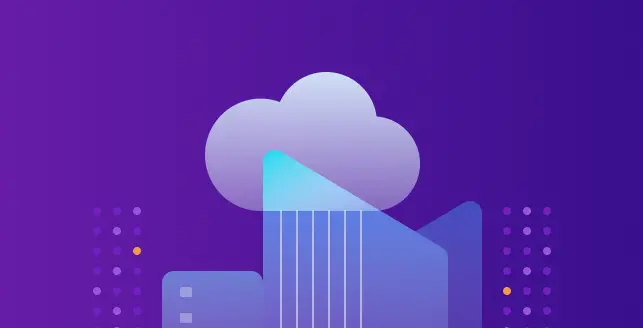
In the realm of web application security, even the smallest vulnerability can lead to significant risks. One such often-overlooked vulnerability is information leakage—specifically, the unintended exposure of a web application’s directory or folder path structure.
While this might seem like a trivial issue, it can provide attackers with a treasure trove of valuable information about your application’s inner workings, paving the way for potential exploits.
Directory or folder path leakage occurs when sensitive details, such as the internal file structure, server configurations, or even system environment variables, are inadvertently disclosed to users or attackers.
This can happen through error messages, improperly configured servers, or insecure coding practices. For attackers, this information acts like a map, guiding them toward possible vulnerabilities, such as unprotected files, sensitive configurations, or outdated software.
What are the impacts of directory or folder path information leakage in web application?
The impacts of directory or folder path information leakage in web applications can be significant and far-reaching. Here are some of the key consequences:
1. Targeted exploits
Attackers can use leaked directory or folder paths to identify specific files or resources to exploit. This could include configuration files, database credentials, or API keys that, if accessed, could compromise the entire application.
2. Reconnaissance for attacks
Exposed directory structures provide hackers with critical insight into the application’s architecture, helping them map out potential attack vectors. This reconnaissance allows for more targeted and effective attacks, such as exploiting known vulnerabilities in specific software or frameworks.
3. Access to sensitive data
Directory leakage can expose sensitive data like logs, backup files, or user information, leading to privacy breaches and non-compliance with data protection regulations like GDPRGDPR or HIPAA.
4. Bypassing security measures
If attackers gain access to system paths or configurations, they may be able to bypass authentication mechanisms, escalate privileges, or disable security features, putting the application at greater risk.
5. Facilitation of advanced attacks
Leaked directory information can be a steppingstone for advanced attacks such as:
Path traversal attacks: Allowing attackers to navigate to unauthorized directories.
Code injection: Exploiting the file structure to execute malicious code.
Remote File Inclusion (RFI): Leveraging the paths to include and execute external files.
6. Increased system vulnerability
Attackers may exploit outdated software versions or configurations revealed through directory leakage, increasing the likelihood of a successful breach.
7. Business and reputational damage
A security breach resulting from information leakage can harm an organization’s reputation, erode customer trust, and result in financial losses due to fines, lawsuits, or lost business opportunities.
How can you prevent web applications against directory or folder path information leakage?
The directory and folder path information leakage can expose sensitive details about your web application, paving the way for potential exploits. To mitigate this risk, implementing robust security practices is essential.
1. Secure error handling
Ensure your application does not expose sensitive details in error messages. Replace detailed error information, such as stack traces or directory paths, with generic messages.
Internally log the errors securely to enable debugging without exposing information to users.
2. Restrict directory access
Disable directory listing on your web server to prevent users from viewing the contents of your application’s directories. Apply strict file permissions based on the principle of least privilege, ensuring that only necessary users and processes have access to sensitive files or directories.
3. Validate and sanitize user input
Prevent path traversal attacks by validating all user inputs. Sanitize inputs to ensure that attackers cannot manipulate paths or gain access to unauthorized files and directories.
4. Harden server configurations
Hide server banners and headers that reveal the type and version of software used. Disable unnecessary services and features that could inadvertently disclose sensitive details about the application’s infrastructure.
5. Implement strong authentication and authorization
Protect sensitive directories and resources by enforcing robust authentication mechanisms. Use multi-factor authentication (MFA) and ensure proper role-based access control (RBAC) to restrict access only to authorized users.
6. Encrypt sensitive data
Protect configuration files, database credentials, and other critical resources by encrypting them. This ensures that even if an attacker gains access, the data remains unreadable.
7. Monitor and audit logs
Regularly review logs for signs of unauthorized access or malicious activity. Proper logging can help detect and respond to potential threats quickly, minimizing damage.
8. Use Web Application Firewalls (WAFs)
Deploy a WAF to filter and block malicious requests attempting to exploit vulnerabilities related to directory leakage or path traversal.





